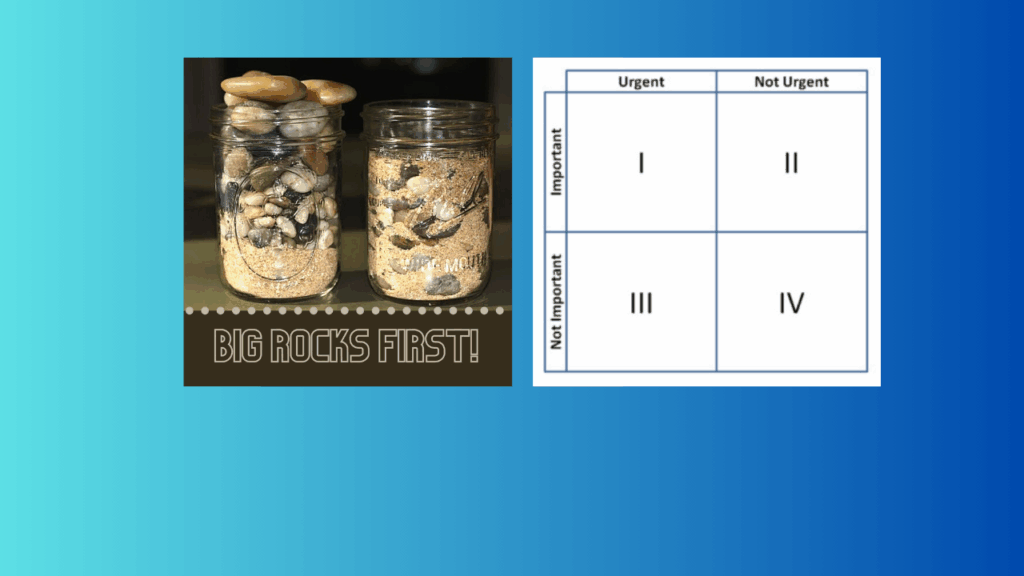Independent vs. dependent variables: Key differences with examples

In academic research, the terms independent variable and dependent variable are essential for designing experiments, analyzing data, and drawing conclusions. These variables help establish a cause-and-effect relationship, where one factor (independent) influences another (dependent).
In simple terms,
- The independent variable is what the researcher changes or controls.
- The dependent variable is what is measured or observed in response to that change.
Here’s an everyday example: Say you are testing whether drinking coffee affects productivity. The amount of coffee you drink is the independent variable, and your level of productivity is the dependent variable—it depends on how much coffee you consume.
In academia, identifying these variables helps researchers analyze relationships between factors, forming the foundation of scientific studies.
Types of Independent Variables
Independent variables can be broadly categorized into two types based on how they are manipulated or observed in research:
- Experimental independent variables
Experimental independent variables are those that researchers can directly manipulate to observe their effect on the dependent variable. These variables can be adjusted at different levels to study variations in the outcome.
Example: A study examines the effect of sleep duration on memory performance. The researcher controls the amount of sleep participants get (e.g., 4 hours, 6 hours, 8 hours). In this case, the sleep duration is the independent variable being manipulated.
- Subject independent variables
Subject independent variables are those that naturally vary across participants. They cannot be manipulated by researchers and are used to categorize study participants into groups based on inherent characteristics.
Example: A study investigates the effect of age on reaction times of participants. Since the researcher cannot control or assign the age of participants, they are simply categorized into groups (e.g., young adults aged 18–30 years vs. older adults aged 60+). In this case, age is the subject independent variable.
Types of Dependent Variables
A dependent variable is what is measured or observed in response to the independent variable. Also referred to as the response variable or outcome variable, it is influenced by the independent variable under different conditions.
Dependent variables can be categorized into two types.
- Continuous dependent variables
This type of dependent variable is measured numerically. They can represent any value within a given range and are measured on a continuous scale (e.g., temperature, distance, time, weight, or height).
Example: A study on the effect of exercise duration on weight loss. Here, the exercise duration (e.g., 30 minutes, 60 minutes, 90 minutes per session) is the independent variable and the weight loss measured in kilograms or pounds is the quantitative dependent variable measured over a period.
Since weight loss is recorded numerically and can have decimal values, it is a continuous dependent variable rather than a categorical one.
- Categorical of discrete dependent variables
Categorical (or discrete) dependent variables are based on distinct categories or classifications rather than numerical values. They take on a limited number of possible values and are not measured on a continuous scale.
Examples of categorical dependent variables:
- Gender (Male/Female/Other)
- Exam results (Pass/Fail)
- Cholesterol levels (High/Low)
Example study: A researcher investigates how different types of advertisements influence consumer purchase decision. Here, the type of advertisement (e.g., social media ad, TV commercial, or print ad) is the independent variable and whether the consumer buys the product (Yes or No) is the dependent variable.
Because the purchase decision is classified into two distinct groups (Yes or No) rather than being measured on a continuous scale, it is a categorical (or discrete) dependent variable.
Difference Between Independent and Dependent Variables
Here’s a table summarizing the differences between independent and dependent variables.
| Independent Variable | Dependent Variable | |
| Identifying characteristic | Controlled or manipulated by the researcher. | Measured or observed during the experiment. |
| Purpose | Serves as the cause. It can be considered as a predictor variable. | Serves as the effect. It can be considered as the response or outcome variable. |
| Relationship | Remains independent of other variables in the experiment. | It is influenced by the independent variable. |
Examples for Independent vs. Dependent Variables
Listed below are various research topics from different disciplines with their corresponding independent and dependent variables identified.
| Discipline | Research Question | Independent Variable | Dependent Variable |
| Political Science | What is the relationship between media coverage and public opinion during a political campaign? | Media coverage | Public opinion |
| Music Studies | How do different types of ambient music impact the mood of diners in a restaurant? | Ambient music | Diners’ mood |
| Education | What is the influence of parental involvement on student grades? | Parental involvement | Student grades |
| Health and Wellness | How does physical exercise relate to mental health? | Duration of physical exercise | Mental health |
| Environment and Sustainability | Do recycling programs impact household waste reduction? | Participation in recycling programs | Reduction in household waste |
| Communication Studies | What is the effect of social media on interpersonal communication? | Social media usage | Interpersonal communication skills |
| Criminal Justice and Law | Does the incorporation of police body cameras influence the use of force incidents? | Use of police body cameras | Use of force incidents |
| Film Studies | Does the genre of a film impact audience emotion? | Film genre | Audience emotion |
Conclusion
In academic research, understanding the independent and dependent variables helps structure experiments effectively to obtain meaningful results. Whether studying the impact of diet on health, teaching strategies on student performance, or marketing strategies on customer engagement, correctly identifying the independent and dependent variables is crucial for conducting valid and reliable research.






